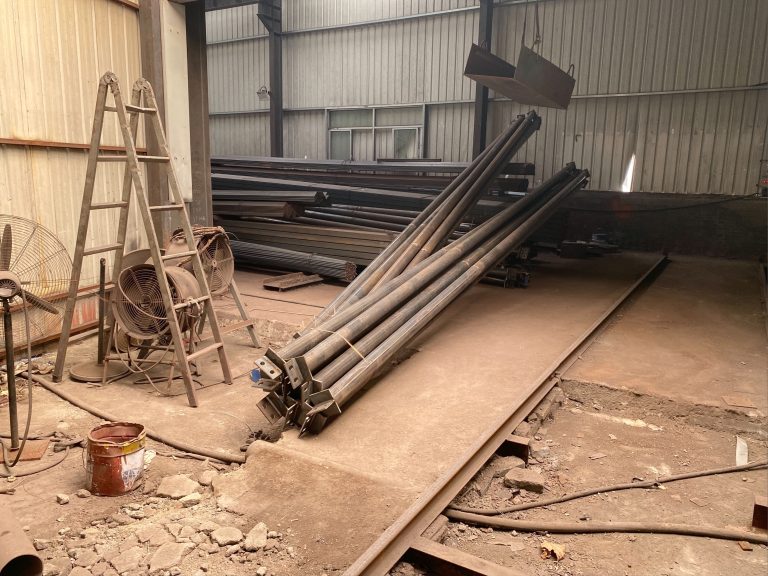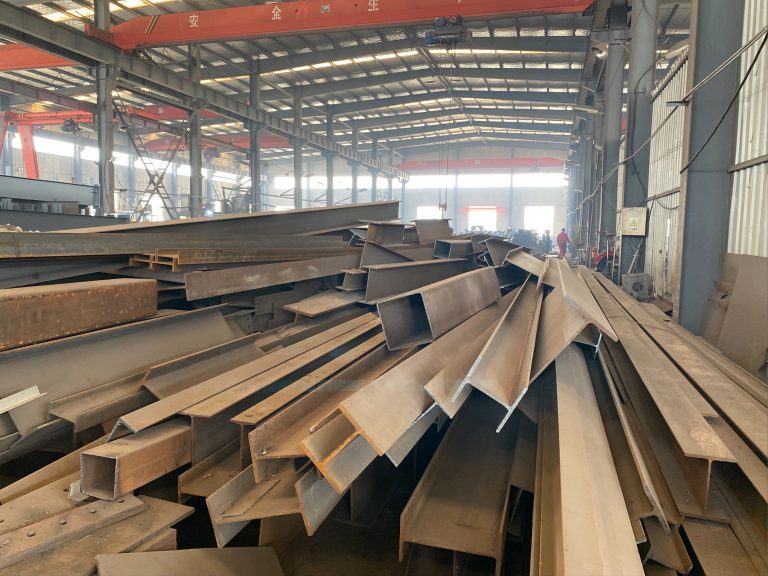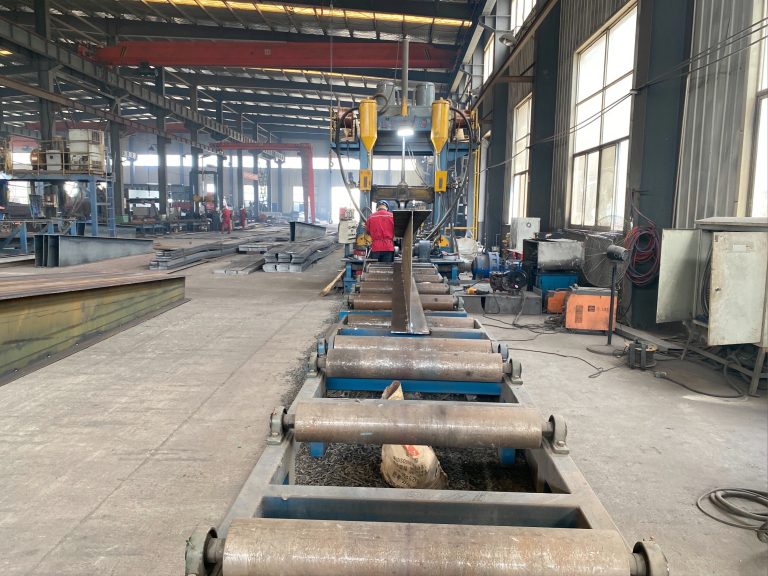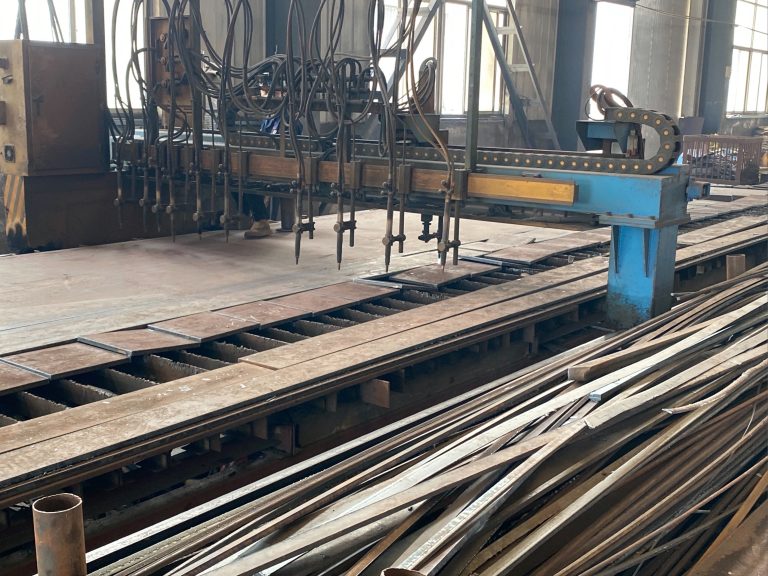Application of steel structure in international engineering projects in construction industry
Table of Contents
Benefits of Using Steel Structures in International Engineering Projects
Steel structures have become increasingly popular in the construction industry, especially in international engineering projects. The use of steel offers numerous benefits that make it a preferred choice for many construction projects around the world. In this article, we will explore the advantages of using steel structures in international engineering projects.
One of the key benefits of using steel structures in international engineering projects is their strength and durability. Steel is known for its high tensile strength, which allows it to withstand heavy loads and extreme weather conditions. This makes steel structures ideal for buildings in earthquake-prone areas or regions with harsh climates. Additionally, steel structures are resistant to corrosion, which helps to prolong their lifespan and reduce maintenance costs over time.
Another advantage of using steel structures in international engineering projects is their versatility. Steel can be easily fabricated into different shapes and sizes, allowing for greater design flexibility. This flexibility enables architects and engineers to create innovative and unique structures that meet the specific requirements of a project. Additionally, steel structures can be prefabricated off-site and then assembled on-site, which can help to reduce construction time and costs.
In addition to their strength and versatility, steel structures are also environmentally friendly. Steel is a highly recyclable material, with a recycling rate of over 90%. This means that steel structures can be recycled at the end of their lifespan, reducing the amount of waste that ends up in landfills. Furthermore, the use of steel in construction projects can help to reduce the overall carbon footprint of a building, as steel production emits less greenhouse gases compared to other building materials.
Cost-effectiveness is another benefit of using steel structures in international engineering projects. While the initial cost of steel may be higher than other building materials, the long-term savings can outweigh this initial investment. Steel structures require less maintenance and repairs compared to other materials, which can result in lower operating costs over time. Additionally, the speed of construction with steel structures can help to reduce labor costs and shorten project timelines, leading to overall cost savings.

Steel structures also offer improved safety and security in international engineering projects. Steel is a non-combustible material, which means that it does not contribute to the spread of fires in buildings. This can help to protect occupants and assets in the event of a fire. Additionally, steel structures are more resistant to natural disasters such as earthquakes and hurricanes, providing a higher level of safety for buildings in high-risk areas.
In conclusion, the application of steel structures in international engineering projects offers numerous benefits that make it a preferred choice for many construction projects around the world. From their strength and durability to their versatility and cost-effectiveness, steel structures provide a sustainable and efficient solution for modern construction projects. As the construction industry continues to evolve, steel structures will likely play an increasingly important role in shaping the skylines of cities around the world.
Challenges and Solutions in Implementing Steel Structures in Construction Projects Abroad
Steel structures have become increasingly popular in the construction industry due to their durability, strength, and versatility. In international engineering projects, the use of steel structures presents both challenges and solutions that must be carefully considered to ensure successful implementation.
One of the main challenges in implementing steel structures in construction projects abroad is the need for compliance with local building codes and regulations. Each country has its own set of standards and requirements for construction, which may differ significantly from those in the home country of the project. This can pose a challenge for engineers and architects who are not familiar with the local regulations and may result in delays or additional costs if changes need to be made to the design.
To address this challenge, it is essential for project teams to conduct thorough research and engage with local experts to ensure that the steel structure design meets all necessary requirements. Working closely with local authorities and building inspectors can help to streamline the approval process and avoid any potential issues that may arise due to non-compliance with regulations.
Another challenge in implementing steel structures in international projects is the logistics of transporting materials and equipment to the construction site. Steel structures are typically fabricated off-site and then transported to the project location for assembly. This process can be complex and costly, especially when dealing with large and heavy components that need to be shipped long distances.
To overcome this challenge, project teams can work with experienced logistics providers to plan and coordinate the transportation of materials and equipment. Utilizing advanced technology such as GPS tracking and real-time monitoring can help to ensure that deliveries are made on time and within budget. Additionally, establishing a reliable supply chain with local suppliers can help to reduce transportation costs and minimize delays in the construction schedule.
One of the key solutions to the challenges of implementing steel structures in international projects is the use of Building Information Modeling (BIM) technology. BIM allows project teams to create detailed 3D models of the steel structure design, which can be used to visualize the project, identify potential clashes or conflicts, and optimize the construction process. By using BIM, engineers and architects can collaborate more effectively, streamline communication, and improve the overall efficiency of the project.
In conclusion, the application of steel structures in international engineering projects in the construction industry presents both challenges and solutions that must be carefully considered. By addressing issues such as compliance with local regulations, logistics of material transportation, and the use of BIM technology, project teams can overcome obstacles and successfully implement steel structures in construction projects abroad. With careful planning, collaboration, and innovation, steel structures can be a valuable and sustainable solution for construction projects around the world.







